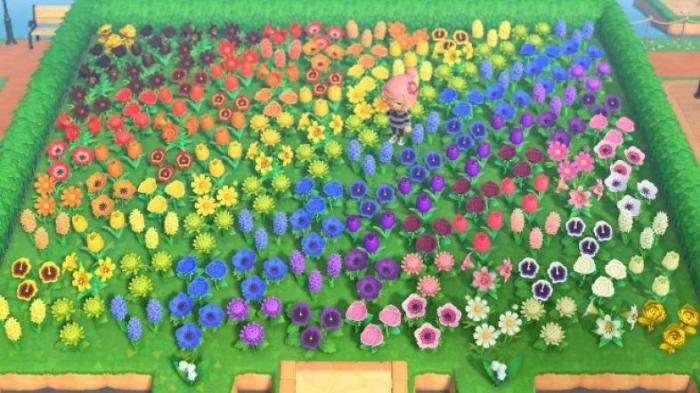How to breed flowers – Discover the art of flower breeding and unlock the secrets to creating captivating blooms. This comprehensive guide will empower you with the knowledge and techniques to cultivate exquisite flowers, transforming your garden into a vibrant masterpiece.
Introduction to Flower Breeding: How To Breed Flowers

Flower breeding is the intentional crossing of different plant varieties to create new and improved flower varieties. It involves manipulating the genetic makeup of plants to produce offspring with desirable traits, such as flower color, size, shape, and disease resistance.
Flower breeding plays a significant role in horticulture and agriculture, contributing to the development of new varieties with enhanced aesthetic appeal and commercial value.
Types of Flower Breeding, How to breed flowers
There are several methods of flower breeding, each with its own advantages and disadvantages:
- Cross-pollination:Involves transferring pollen from the male anther of one flower to the female stigma of another flower of a different variety. This method allows for the introduction of new genetic material and can result in significant variation in offspring.
- Self-pollination:Involves transferring pollen from the male anther to the female stigma of the same flower. This method is used to maintain genetic purity and is often employed in the production of inbred lines for research purposes.
- Hybrid breeding:Involves crossing two genetically different parent plants to create a hybrid offspring. Hybrids often exhibit a combination of desirable traits from both parents, resulting in superior characteristics.
Selecting Parent Plants
Selecting the right parent plants is crucial for successful flower breeding. Healthy and compatible plants with desirable traits should be chosen. Genetic diversity among parent plants is important to increase the chances of producing offspring with a wide range of characteristics.
Techniques for Pollination
Pollination is the process of transferring pollen from the male anther to the female stigma, allowing fertilization to occur. Controlled pollination techniques, such as hand pollination and isolation, are used to ensure accurate crossing and prevent unwanted pollination.
Growing and Caring for Seedlings
Growing and caring for flower seedlings requires optimal conditions for germination and development. Providing adequate light, moisture, and nutrients is essential. Seedlings should be transplanted into larger containers or the garden once they have developed a strong root system.
Evaluating and Selecting Offspring
Evaluating and selecting offspring from breeding experiments involves assessing their traits and identifying those with desirable characteristics. Criteria such as flower color, size, shape, and disease resistance are considered. Desirable offspring are isolated and propagated to create new varieties.
Common Challenges in Flower Breeding
Flower breeding faces challenges such as disease, pests, and genetic disorders. Overcoming these challenges requires implementing disease and pest management practices, using resistant varieties, and employing genetic screening techniques.
Applications of Flower Breeding
Flower breeding has practical applications in horticulture and agriculture. It contributes to the development of new varieties with improved characteristics, such as increased flower size, longer bloom time, and resistance to environmental stresses. Commercially successful flower breeding programs have led to the development of popular flower varieties used in gardens, landscaping, and the floral industry.
Q&A
What is the best time of year to breed flowers?
The ideal time for flower breeding varies depending on the specific species, but generally, spring and summer are favorable seasons when plants are actively growing and producing flowers.
How do I select the right parent plants for breeding?
Choose healthy, vigorous plants with desirable traits that you wish to pass on to the offspring. Consider factors such as flower color, size, shape, and disease resistance.
What is the difference between cross-pollination and self-pollination?
Cross-pollination involves transferring pollen from one flower to another, while self-pollination occurs when pollen is transferred within the same flower. Cross-pollination promotes genetic diversity and can lead to more vigorous offspring.


